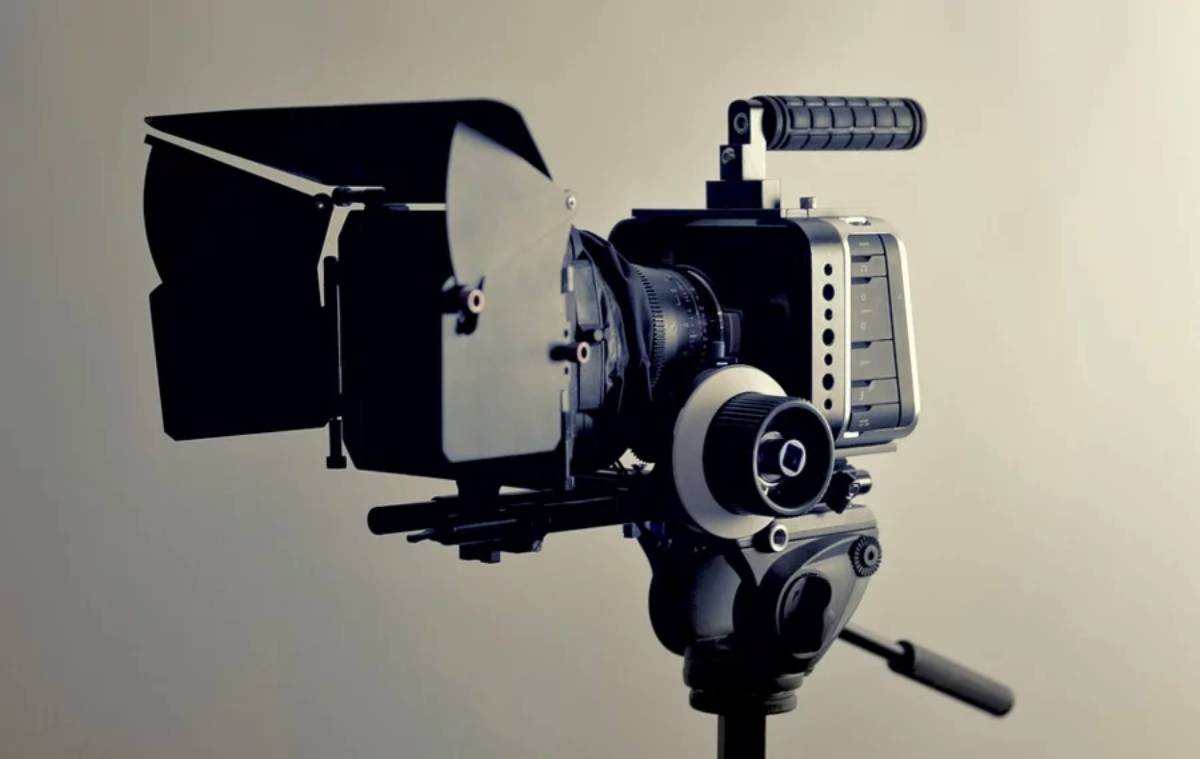
The Evolution of Cinema: How Movies Have Changed Over the Decades
Cinema has undergone a remarkable transformation over the decades, evolving from silent black-and-white films to the visually stunning blockbusters of today. Advancements in technology, storytelling, and audience preferences have shaped the film industry into what it is now.
The Silent Era (1890s–1920s)
Early films relied on visual storytelling, as sound had not yet been introduced. Silent classics like *The Birth of a Nation* (1915) and *Metropolis* (1927) showcased groundbreaking cinematography and special effects for their time.
The Golden Age of Hollywood (1930s–1950s)
The introduction of synchronized sound revolutionized cinema. Iconic films like *Gone with the Wind* (1939) and *Casablanca* (1942) defined this era, characterized by glamorous movie stars, elaborate sets, and compelling narratives.
The Rise of Blockbusters (1960s–1980s)
Filmmaking techniques evolved, and directors experimented with new storytelling methods. The 1970s saw the birth of the blockbuster with films like *Jaws* (1975) and *Star Wars* (1977), changing the industry by prioritizing large-scale productions and special effects.
The Digital Revolution (1990s–2000s)
The 1990s introduced CGI and digital filmmaking, allowing for visually groundbreaking movies like *Jurassic Park* (1993) and *The Matrix* (1999). The rise of home entertainment also changed how audiences consumed films.

The Streaming Era (2010s–Present)
Streaming platforms like Netflix, Disney+, and HBO Max have reshaped the movie industry. With theaters facing challenges, direct-to-streaming releases and digital content have become dominant forces in entertainment.
The Future of Cinema
With advancements in AI, virtual reality, and interactive storytelling, the future of cinema promises even more immersive experiences. Filmmakers continue to push creative boundaries, ensuring that the magic of movies evolves with each generation.
Conclusion
From silent films to digital spectacles, the evolution of cinema reflects technological progress and changing audience tastes. As the industry continues to innovate, movies will remain a vital form of storytelling and cultural expression.
Related Articles

Secret Relationships: Which Celebrities Are Hiding Their Love Lives?

Creating a Sustainable Eating Routine for Long-Term Health

Hollywoods Best-Kept Secrets: Celebrities Who Keep It Private

The Role of Nutrition in Supporting Your Workout Routine

